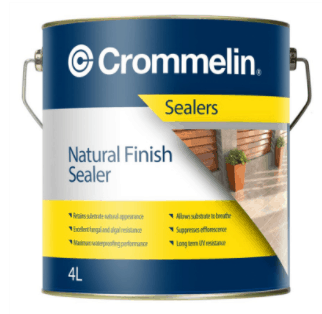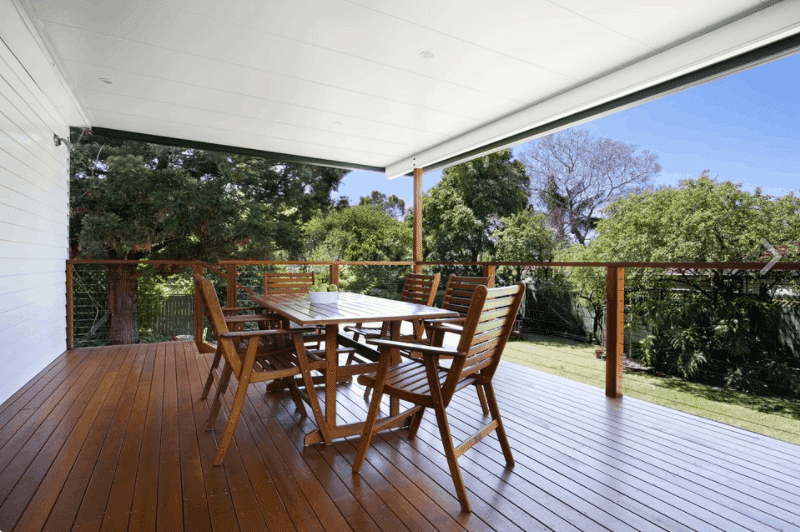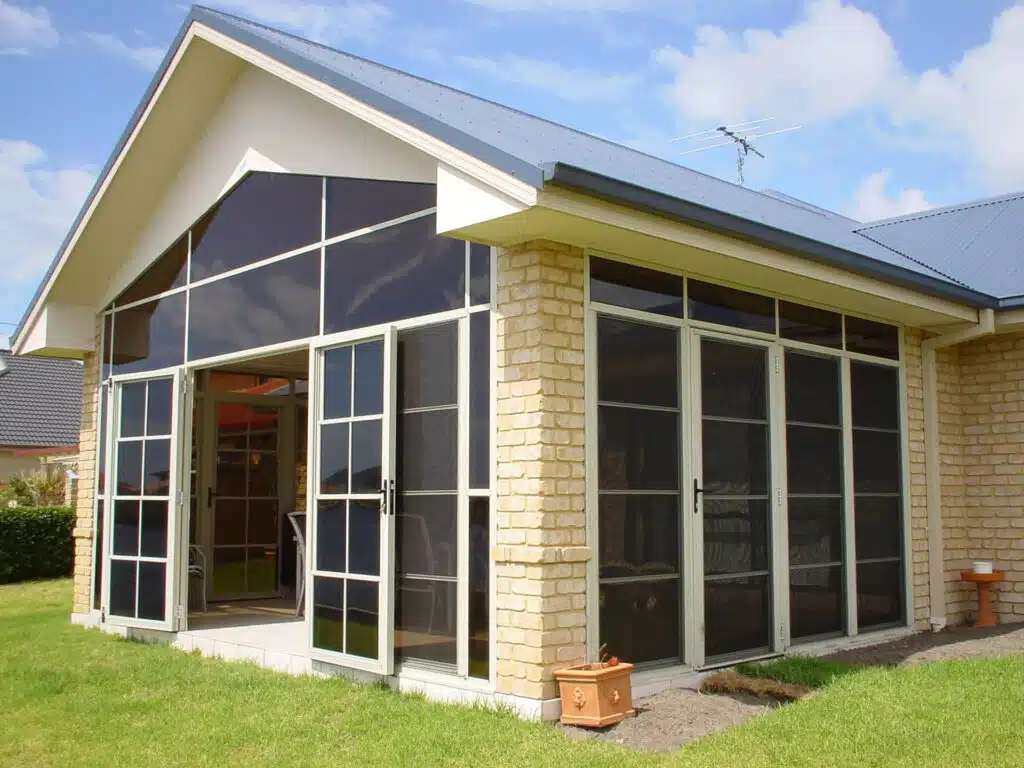I don’t think there’s an Aussie out there who doesn’t love a good ol’ fashioned patio.
A patio is a perfect venue for a barbecue, an annual get together with friends or the usual weekend lunch-turned-dinner event with the family.
Yep, patios get a lot of use out of Australians. There’s nothing better to an Aussie than a long, warm afternoon chilling out on the patio.
In fact, we have so much fun with our patios that we often forget these entertaining areas need some regular love and care. It’s not until we step outside after a sizable storm or a strong season of bad weather that we realise how damaged and dirty the patio can get.
In that moment, a regrettable thought comes to mind: “I should have sealed the patio when I had the chance.”
Luckily, this is a cautionary tale.
Here at HV Aluminium, we’ve got years of expertise managing patios and outdoor areas, and our qualified specialist contractors are second to none. We recommend that patio areas are sealed prior to new construction where-ever possible.
Sealing your patio is the number one most effective way to keep your patio looking cleaner and fresher for longer.
A coat of patio sealant will help protect the surface from the elements, making it resistant to harsh weather, moisture, and fading from sun exposure.
We know how grubby patios can get, so we’ve outlined the advantages of sealing a patio and now, we’re going to reveal the top four things you need to do to effectively seal your patio (and protect it indefinitely).
Tip #1: Remove All Dirt, Dust and Debris from the Patio
You need to prepare the patio before jumping ahead and coating it with sealant. If the patio floor isn’t clear of dust and debris, the sealant is going to seal in dirt and look patchy for years to come.
There are two options for cleaning the patio before sealing:
- Use a stiff brush or blower to clean the dust, debris and dirt
- Spray the patio down with water
We recommend using the brush or blower method – it’s faster and more effective.
Using water to blast the dust and debris from the patio may seem fast, sure, but you’re going to have to leave the rest of the job for tomorrow because the patio will need to dry for at least twenty-four hours.
Want to learn more about cleaning patios? Check out our article on cleaning patios and outdoor areas, or keep reading for more in-depth info.
Tip #2: Remove Any Paint, Grease or Oil from the Patio
Remember those snags you cooked on the barbecue? You know, the ones that spat grease all over the patio (and your shirt)? The snags are gonna add another step on the list.
Old grease and oil stains, or even peeling paint, will need to be removed from the surface of the patio. It will be harder to remove them once the sealant has been painted on.
You can remove old paint with sanding or a dry ice spray, but if you’re removing grease or oil stains, it’s going to be a little more time-consuming.
Use a bucket of soap and water to clean the patio floor, then scrub the grease or oil stains with a stiff brush. Otherwise, give some grease solvent a go. The solvent can help lift stubborn grease from concrete and other hard materials.
Then, remember to rinse the patio down, and give it some time to dry.
Tip #3: Wait for a Sunny Day
Most sealants need warm to moderate temperatures to dry effectively.
Anywhere between five and thirty degrees is ideal, but it’s safer to keep watch for three to five days in a row of good weather before cracking open the sealant.
We recommend keeping an eye on the weather forecast, too.
There’s nothing worse than coating the patio in a nice, thick layer of sealant and then watching it get ruined by a heavy downpour.
Once the weather clears up, it’s time for step four!
Tip #4: Apply Your Chosen Sealer

Image: Bunnings
Finally, it’s time to seal the patio!
Most sealers offer a natural finish, some have a glossy effect, while others provide a more subtle, slight tint. We recommend Crommelin Natural Finish Sealer, a colourless option which will help protect against algae and fungi on stone pavers while protecting the patio from UV light and fading.
Looking for the shiniest of shine? Crommelin also offers DiamondCoat products for slate and stone patios, available in a “gloss” or “satin” finish, depending on the look you’re after. There are also “wet look” sealers available if you’re looking for a slightly tinted finish.
If your patio is made from timber, make sure to protect the wood from warping and water damage with a high-quality sealer like Bondall Monocel All Purpose Timber Sealer.
Bondall sealers are 100% acrylic – meaning absorbent, natural timber patios will be waterproof and preserved with a thick top-coat of sealer. You can avoid replacing waterlogged wooden patio flooring and keep the timber looking fresh – without having to call in reinforcements to rebuild the patio.
Sealer is a perfect, simple method of keeping your patio weather-resistant, but there’s only one surefire way to protect your patio from the elements for years to come.
Protect Your Squeaky Clean Patio with a High-Quality Aluminium Patio Cover
So, your patio is looking fresh, clean, and as good as new.
The fresh coat of glossy sealant is going to guard the patio against ongoing sun exposure and water damage from the upcoming seasons of wet weather.
However, sealant can only protect your patio for so long, and there’s only one sure method to keep your patio fresh.
You’re going to need a you-beaut patio cover.
Our patio covers are made from Australian-made materials crafted by Shademaster Shelter Systems, who have over fifty years of experience in manufacturing aluminium single skin roofing.
Their products are approved for use in cyclonic areas, so you know they’re reliable, and all our aluminium products are thicker than most steel roofing – meaning minimum maintenance and durable, long-lasting patio covers.
A solid patio cover can help protect wooden, cement, or metal surfaces for decades with minimal maintenance or cleaning required. We still recommend sealing the patio floor, but a patio cover can reduce the number of re-coats you’ll need in future.


